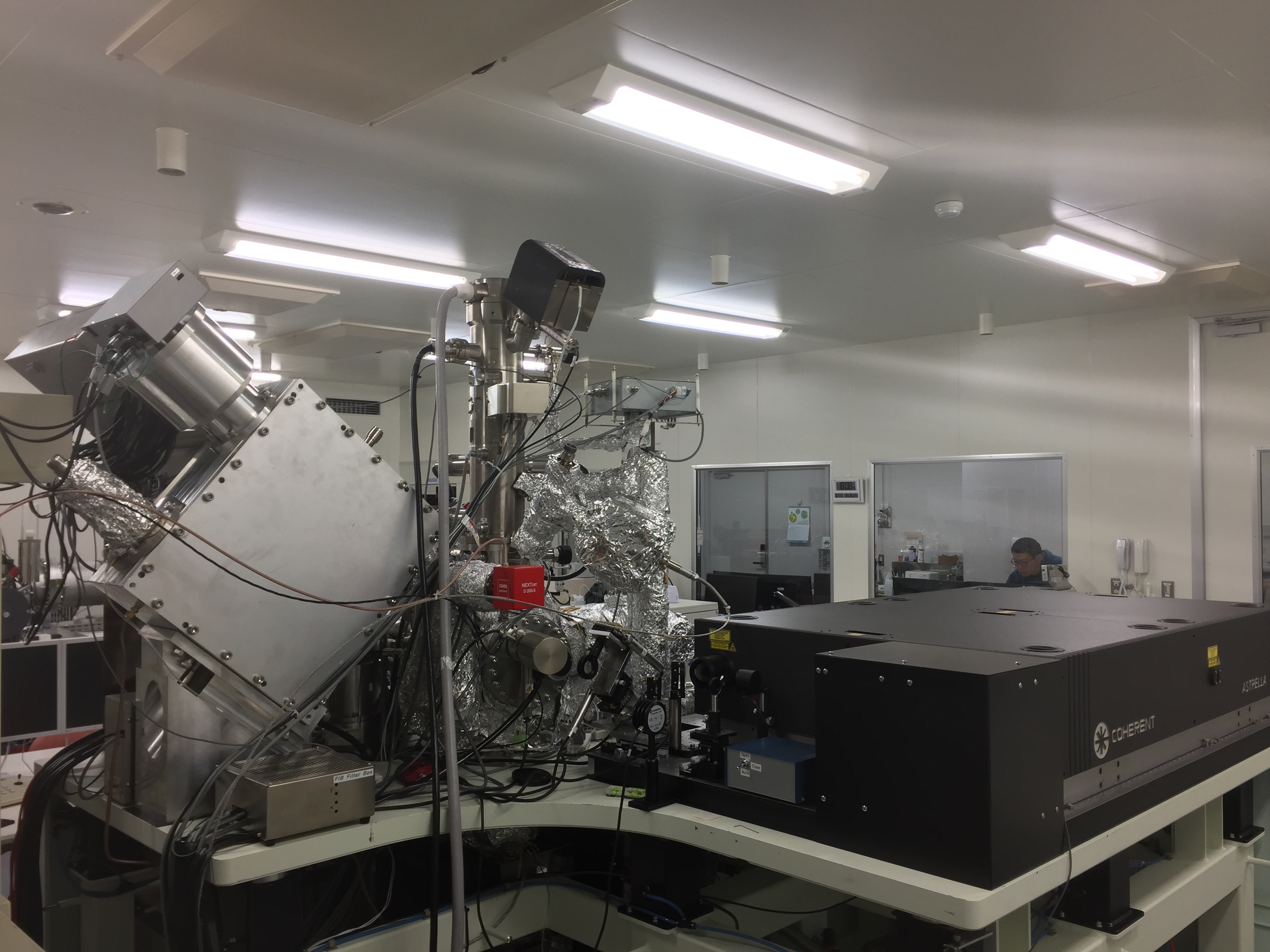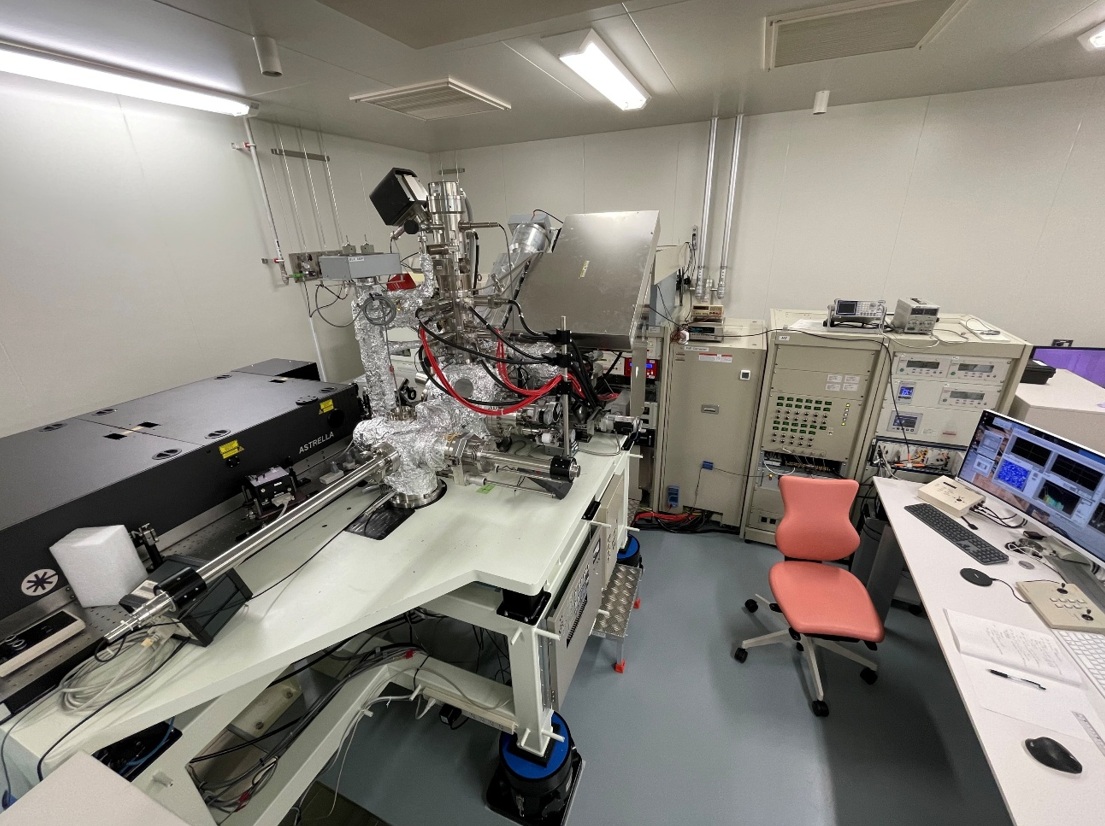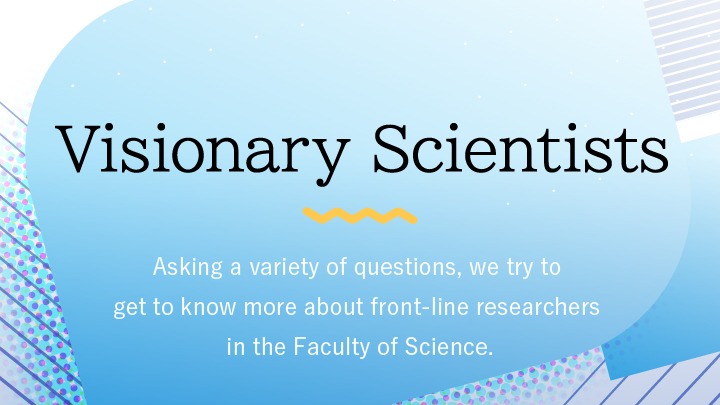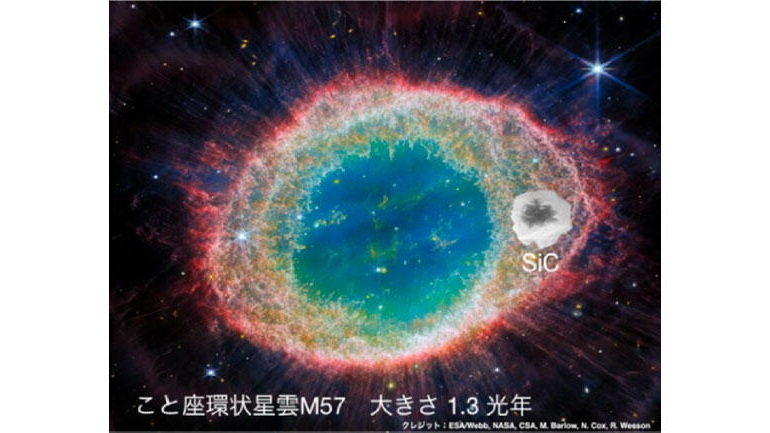BAJO Ken-ichi
Assistant Professor
Noble gas cosmochemistry
Department of Earth and Planetary Sciences, Earth and Planetary System Science

| Theme | Cosmochemistry reveled by using noble gas isotopes in extra-terrestrial matters |
| Field | Geochemistry, Mass spectrometry |
| Keyword | Noble gas, Mass spectrometry, In-situ isotope analysis, Solar wind, Sample return mission |
Introduction of Research
My research interests lie in the origin and evolution of the solar system. The present study utilizes extraterrestrial materials to investigate the evolution of the solar system through the application of scanning electron microscopy, X-ray spectroscopy, and mass spectrometry. In order to obtain new information (elemental and isotopic compositions) from extraterrestrial materials, new analytical methods and instruments are being designed and developed. We employ a Secondary Neutral Mass Spectrometer (SNMS), a device developed by our research group, to analyze the in situ isotope distribution of extraterrestrial materials. The implementation of these novel techniques promises to unveil novel phenomena in the solar system.
Representative Achievements
| Academic degree | Ph. D |
| Academic background | 2006 Bachelor Degree of Science at Tokyo University of Science 2008 Master Degree of Science at the University of Tokyo 2011 Doctor Degree of Science at the University of Tokyo 2011 Project researcher, Department of Natural History Sciences, Graduate School of Science, Hokkaido University 2013 Research Assistant Professor, Creative Research Institution, Hokkaido University 2014- Assistant Professor, Earth and Planetary System Sciences, Department of Earth and Planetary Sciences, Graduate School of Science, Hokkaido University |
| Room address | Institute for Integrated Innovations 02-321 |






